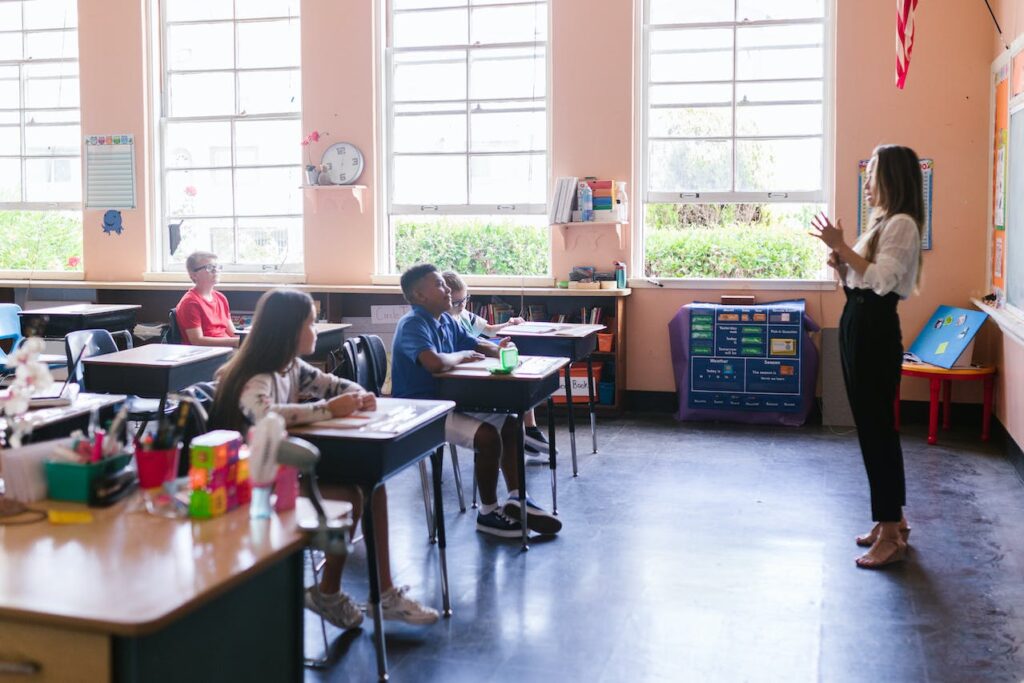
Many school districts will face a new round of safety decisions this year as state lawmakers open legislative sessions to consider new bills, school boards respond to challenging budget projections, and political candidates debate issues like policing and student mental health as part of 2024 campaigns.
Here are five key school safety issues that emerged in 2023, and will surface again for school districts this year, according to Education Week Magazine.
1. How to prepare for hoax “swatting” calls
False reports of school shootings, known as “swatting” calls, have emerged as one of the most perplexing issues for law enforcement and educators alike.
In a swatting incident, police respond to a call of a shooting in progress at a school. Callers often claim to be inside the building as the attack is taking place, sometimes citing specific room numbers to add to the credibility of their reports, according to local news reports. Such calls often target several districts in the same region on the same day.
Though the reports are false, the law enforcement response—and the resulting fear—are real. Swatting calls have sparked lockdowns, parental panic, and confusion in hundreds of schools.
Districts have prepared for swatting calls by warning parents about the trend in advance and setting clear policies about how to communicate in the event of a lockdown.
2. The role of AI in school safety
A growing number of districts have purchased AI weapons detections systems to help keep weapons out of buildings. The systems, like those that screen fans at large sports venues, use a combination of AI software, cameras, and electromagnetic sensors to detect possible weapons as students enter buildings.
Officials say that while the AI screeners may not be 100 percent effective at keeping weapons out, they have served as a deterrent, leading to fewer weapons confiscated after they were installed.
Key questions for districts: Are your administrators fully aware of a technology’s limitations and capabilities before purchasing it? What is the ongoing cost of maintaining and updating new safety technology? Are your educators properly trained in low-tech procedures like lockdowns and securing classrooms? Do students feel comfortable and safe reporting concerns about weapons and threats to adults?
3. The proper way to conduct safety drills
Most public schools, 97.7 percent, reported conducting a lockdown drill during the 2019-20 school year, according to the most recent federal data.
Student safety drills have grown more common—and often more complex—in response to concerns from parents and the public and mandates by state lawmakers.
But, after years of rapid expansion of their use, more districts and state legislatures are asking questions about how often to conduct safety drills and what those drills should entail.
Safety consultants and researchers have also questioned the effectiveness of “run, hide, fight” drills that teach students to “counter” an attacker as a last resort by throwing items like books at them. Critics of such tactics say they may lead to confusion during an actual crisis and increase the chances a student is harmed—physically or emotionally—during training.
Key questions for districts: Are your procedures for safety drills evidence-based and age-appropriate? Do schools across your district perform drills consistently? Are parents aware of drill procedures? Do safety policies account for the needs of students with disabilities?
4. The appropriate role of police in schools
Civil rights and student advocacy groups have long questioned the presence of law enforcement in schools, saying it correlates with higher rates of punitive discipline for students of color. A slow, error-filled law enforcement response to the 2022 shooting in Uvalde, Texas, raised additional concerns about the effectiveness, training, and coordination of law enforcement.
However, some administrators have reconsidered those decisions in the time since, citing concerns about student behavior and violence in surrounding communities.
Some districts have increased training for officers or set clearer policies to limit their interactions with students and prohibit their involvement in routine school discipline. Others have delegated the decision making down to schools.
Key questions for districts: Have your administrators sought feedback from students, parents, educators, and community groups about the use of school police? How are your officers trained to work with students? Have school-based officers coordinated with local law enforcement to ensure a speedy response during crises like shootings?
5. How can schools respond to community violence?
Schools’ safety concerns expand well beyond their campuses, particularly in urbanized areas. Twenty percent of high school students responding to a nationally representative federal survey in 2021 reported that they had witnessed an act of community violence. The experience of witnessing violence correlated with higher risks of suicide, substance abuse, and carrying a firearm, a 2023 analysis of that data found.
Some districts have created Safe Routes to School programs to help students safely walk and bike to and from their buildings.
Key questions for districts: Are your safety procedures sensitive to the experiences of students exposed to community violence? Do your school policies and practices promote a sense of connectedness and safety for students? Do administrators connect with law enforcement and community groups to identify ways to support students and promote safety?
Source: Education Week
